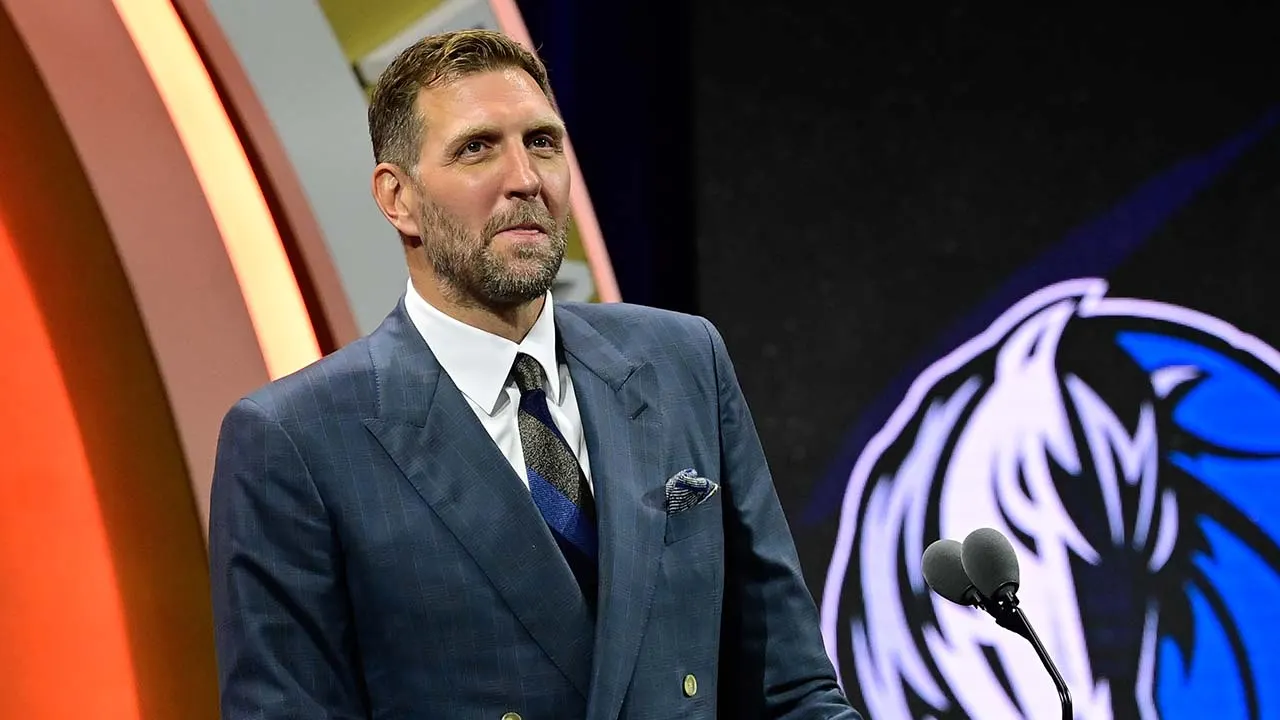In the 1930s, Jan Gay, a sex researcher and journalist, made the tough decision to publish material from hundreds of in-depth interviews she had done with fellow lesbians in a medical study written by a straight male psychiatrist.
Though she had hoped her work might be used to curb the criminalization of homosexuality, the final study ended up further pathologizing “sexual deviance.” Yet Gay knew that without it, the interviews, which provide an intimate look at gay and lesbian life in the early 20th century, might never have been published at all.
That history has inspired the Civilians theater company to create “Sex Variants of 1941: A Study of Homosexual Patterns,” which takes its name from the study. The show seeks to breathe Gay’s sense of humanity back into a problematic text through a blend of songs and scenes, many of them taken verbatim from the report. The piece, directed by Steve Cosson, will be performed at N.Y.U. Skirball through Nov. 24.
Cosson conceived the work along with the visual artist Jessica Mitrani, and wrote the book with James La Bella. A cast of six performs the material as a sort of animated lecture, allowing for a kaleidoscopic look at the interviews as conducted, original music inspired by the lives of the subjects, and imagined stories dramatizing the creation of the study itself.
“A good part of the contemporary conversation we’re having with this show is saying queer people need a history,” Cosson said in an interview. The study, he added, “became such a useful thing to make theater out of because they approached it as documenting these people’s lives, interviewing them and doing every scientific test that could be done at the time.”
The story behind the study illuminates the stealthy ways in which these histories were preserved. Gay was a German-born American who lived openly as lesbian and was inspired by the Institute for Sexual Science in Berlin, a research facility founded by Dr. Magnus Hirschfeld that, among other advances in sexology, carried out early forms of gender-affirming care. Nazis raided Hirschfeld’s institute in 1933 and burned its library.
Gay, who was also deeply interested in nudism, spent 10 years conducting over 300 interviews with lesbians across Europe and in New York City — many of them her “sophisticated friends, writers, and artists,” according to Mitrani.
Unable to secure publication of the interviews without medical backing, she partnered with the gynecologist and birth-control advocate Robert Latou Dickinson, and, later, with the psychiatrist George W. Henry, who eventually became the study’s author. Thomas Painter, a gay researcher then investigating male hustlers, conducted the male interviews. The final document contained 80 case studies.
In addition to clinical information like detailed measurements of women’s genitalia, Henry introduced several pseudoscientific elements into the study, including family histories and X-rays of the subjects, in an effort to find evidence of their “maladjustment.” Cosson noted there was even a “masculine versus feminine” test in the study, which asked subjects whether they were more afraid of deep water or burglars.
La Bella considers the study “a book at war with itself,” because of the tension between its author and its subjects, who are, according to Cosson, “clearly trying to educate these doctors on what it’s like to be queer in the queer world.”
“Part of what I think is so revelatory about these stories is that they basically disprove everything we thought about pre-Stonewall queer culture and life,” Cosson said. “You might expect that the stories would be all, ‘I’ve only told my closest friends and meet other men in cruising areas,’ but there’s really nobody like that here. They have rich, full, queer lives in a queer society.”
In development for over a decade, the show first appeared in 2014 as a series of cabarets at Joe’s Pub. Over time, the score was narrowed down to contributions from Stephen Trask (“Hedwig and the Angry Inch”); Martha Redbone and her husband, Aaron Whitby; and Michael Friedman, one of the Civilians’ founders, who died in 2017.
Cosson described its sound as a mix of 1930s jazz and “rock ’n’ roll fabulous” — a nod to gender-bending stars like David Bowie and Grace Jones. David Zinn’s minimal set keeps the band and performers onstage, with illustrations and photographs from the study projected behind them.
The production, La Bella noted, adds to growing recent awareness of the historical importance of the 1941 study and of the contribution made by Gay, whom he called an “unsung heroine of history.” A Harper’s Bazaar article in 2022 explored Gay’s life, piecing together biographical materials about her from the Library of Congress and from personal letters, some of which made their way into the show. And Justin Torres’s novel “Blackout,” which also deals with the 1941 study, won the National Book Award for Fiction last year.
La Bella said there was also renewed interest in research done by people like Gay and Hirschfeld because of the current debate over L.G.B.T.Q. rights. “We’re all rediscovering these people who were doing amazingly contemporary work,” he said.
The post Uncovering Gay and Lesbian History in a 1941 ‘Sex Variants’ Study appeared first on New York Times.



















